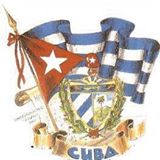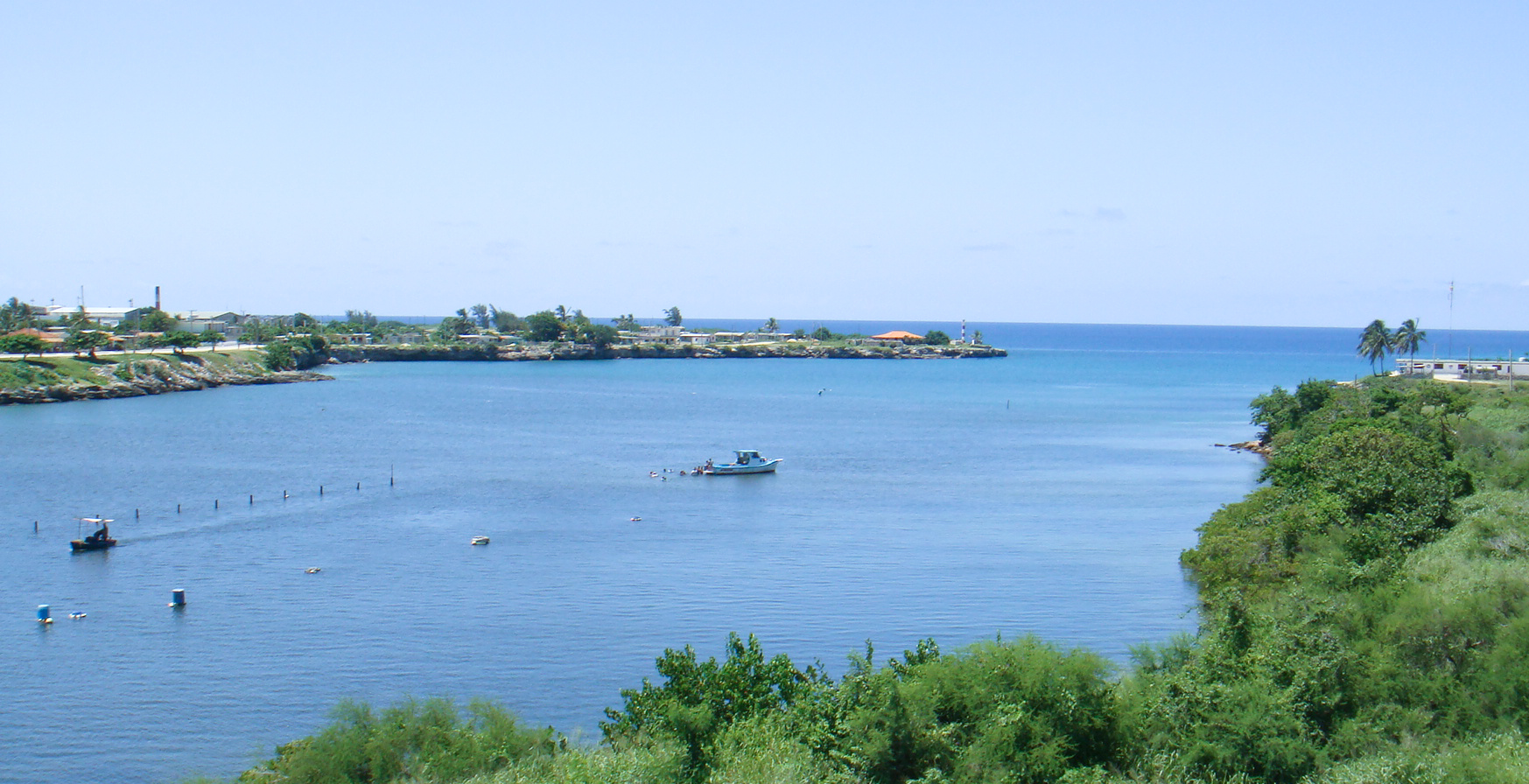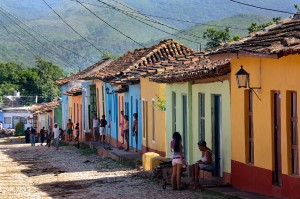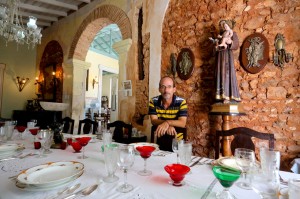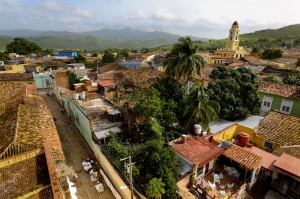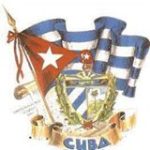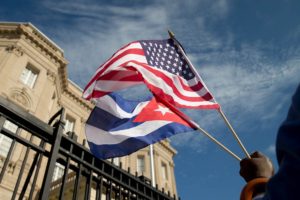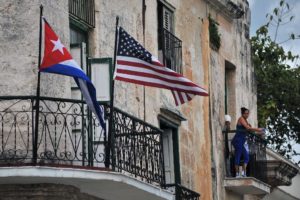Put the mobile on the balcony so the message can download, learn to count every kilobyte as if it was money that escapes the Pocket and when the message of “it is not possible to connect to the network”. This and much more experienced users of Nauta mail accounts from the cellular network, a routine that the NautaNet application, created by young programmers and conceived for the Android system tries to make more pleasurable, economical and free.
In November of 2015 existed in Cuba 1.2 million accounts Nauta, used from mobile phones with mobile data connection and service that came to light more than two years ago. However, its instability and high cost, it has been much criticism among customers who have not found a response from improvement in the infrastructure by the telecommunications company of Cuba S.A (Etecsa).
Popular wit has “taken the face” before the State monopoly and a group of young programmers has created an innovative and free application you have called NautaNet. The utility leaves installed two icons in the terminal, the first one looks like a packet of correspondence and works as the Manager of email based on the open source K-9 Mail program. It is only necessary to add the Nauta email account access data so that it begins to operate.
Prices range from 1 to 8 cents of CUC and a site as ‘ 14ymedio’, locked on the national servers, can read uncensored for a fee of 0.22 CUC.
Unlike the native Android email tool, the included in the (extension of Google’s operating system files) .apk NautaNet offers great advantages for users who are connected in networks with low speed and high rates, as it is the case of the Cuban services. In addition, it offers a preview of the messages, which helps to select what to download and what keep on the server.
However, it essential of NautaNet is its browser capable of provide pages websites to order of the user and through the mail electronic, an experience of navigation offline that is makes in an important alternative for them Cuban, Avid of strain is in Internet although is by the door of back.
Prices for surfing in this particular way range from 1 to 8 cents of convertible pesos (CUC) and a site like 14ymedio, locked on the national servers, can read uncensored for a fee of 0.22 CUC (view of the cover without images) or about 0.19 CUC over an article without photos.
Thanks to its powerful system to compress the websites, based on lzma, the balance of the phone saves everything with each download. On the other hand, the user knows in advance how much will cost it you down a certain site and may decide to conscience if you incur that expense. The pages downloaded are stored in the phone to be consulted subsequently and without cost some.
Direct search interface displays a menu with service and sites most visited interactive knowledge on the island as TuAndroid, Google, and Wikipedia, or portals Classifieds style Revolico, Bache Cuban, Porlalivre and Cubisima. The mechanism of operation of this ingenious browser is simple: whenever the user requests a specific content, the tool generates an e-mail arriving in your mailbox.
The ease of use of NautaNet has quickly gained the sympathy of those who have already installed the application on their terminals and is the pride of the young programmers who conceived it. All of them prefer to remain anonymous, but one of them resides in Miami. The young, linked to the creation of the PPP, told this newspaper that although they don’t have the exact amount of user data because they do not collect “personal information” and “all emails are deleted 30 days after being processed”, on each day “recorded between 6,000 and 7,000 requests for web pages by mail, about 180,000 pages per month”.
“Even to Etecsa you agree this type of applications, because using the network already existing, low capacity, it can provide internet access to many people with a minimum of bandwidth”
The programmer is aware that despite the efficiency of the implementation, this rests on a service so poor as the Etecsa Nauta. Deal with them hang, slowness and hours of disconnection is something that is out of your control but try of mitigate it “it more possible by features specific of the app to adapt it to networks of wide of band limited”.
The controller ensures that “even to Etecsa you agree this type of applications, because using the network already existing, low capacity, it can provide internet access to many people with a minimum of bandwidth”. In addition, it is committed in addition to NautaNet is “always available so free for anyone to use, but the idea is that you auto-sustente in the future through ads and sponsors” enabling to continue improving it and developing it.
“While more users and sponsors can achieve faster can arrive in this future goal,” projecting the young programmer of this application that has become a flashlight in the midst of the darkness of the disconnect Internet suffering from most of the Cubans.
Agencies/14ymedio/Zunilda Mata, the Habana/Internet Photos/Arnold Varona/TheCubanHistory.com
THE CUBAN HISTORY, HOLLYWOOD.
![]() CUBA INTERNET: EL INGENIO POPULAR “HA SACADO LA CARA”.
CUBA INTERNET: EL INGENIO POPULAR “HA SACADO LA CARA”.
Poner el móvil en el balcón para que se descargue el mensaje, aprender a contar cada kilobyte como si fuera dinero que se escapa del bolsillo y sufrir cuando aparece el mensaje de “no es posible conectarse a la red”. Eso y mucho más experimentan los usuarios de cuentas de correo Nauta desde la red celular, una rutina que la aplicación NautaNet, creada por jóvenes programadores y concebida para el sistema Android, intenta hacer más placentera, económica y libre.
En noviembre de 2015 existían en Cuba 1,2 millones de cuentas de correo Nauta, un servicio que se utiliza desde los celulares con conexión de datos móviles y que vio la luz hace poco más de dos años. Sin embargo, su inestabilidad y alto costo, le ha supuesto muchas críticas entre los clientes que no han encontrado una respuesta de mejoría en la infraestructura por parte de la Empresa de Telecomunicaciones de Cuba S.A (Etecsa).
El ingenio popular ha “sacado la cara” ante el monopolio estatal y un grupo de jóvenes programadores ha creado una aplicación innovadora y gratuita a la que han llamado NautaNet. La utilidad deja instalados dos íconos en el terminal, el primero de ellos se visualiza como un sobre de correspondencia y funciona como gestor de correo electrónico basado en el programa de código abierto K-9 Mail. Solo es necesario agregar los datos de acceso de la cuenta de correo de Nauta para que comience a funcionar.
Los precios van desde 1 a 8 centavos de CUC y un sitio como ‘14ymedio‘, bloqueado en los servidores nacionales, puede leerse sin censura por un costo de 0,22 CUC.
A diferencia de la herramienta de email nativa de Android, la incluida en la .apk (extensión de archivos del sistema operativo de Google) de NautaNet ofrece grandes ventajas para usuarios que se conectan en redes con baja velocidad y tarifas muy altas, como es el caso de los servicios cubanos. Además, ofrece una vista previa de los mensajes, lo que ayuda a seleccionar cuáles descargar y cuáles mantener en el servidor.
Sin embargo, lo esencial de NautaNet es su navegador capaz de proveer páginas webs a pedido del usuario y a través del correo electrónico, una experiencia de navegación offline que se convierte en una importante alternativa para los cubanos, ávidos de colarse en Internet aunque sea por la puerta de atrás.
Los precios por surfear de esta manera tan particular van desde 1 a 8 centavos de pesos convertibles (CUC) y un sitio como 14ymedio, bloqueado en los servidores nacionales, puede leerse sin censura por un costo de 0,22 CUC (vista de la portada sin imágenes) o alrededor de 0,19 CUC por un artículo sin fotos.
Gracias a su poderoso sistema para comprimir las páginas webs, basado en lzma, el saldo de los teléfonos se ahorra todo lo posible con cada descarga. Por otro lado, el usuario sabe de antemano cuánto le costará bajar un determinado sitio y puede decidir a conciencia si incurrir en ese gasto. Las páginas descargadas quedan almacenadas en el teléfono para ser consultadas posteriormente y sin costo alguno.
La interfaz de búsquedas directas muestra un menú con los sitios de servicio y conocimientos interactivos más visitados en la isla como TuAndroid, Google, y Wikipedia, o los portales de clasificados al estilo de Revolico, Bache Cubano, Porlalivre y Cubísima. El mecanismo de funcionamiento de este ingenioso navegador es sencillo: cada vez que el usuario pide un determinado contenido, la herramienta genera un correo electrónico que llega a su buzón.
La facilidad de uso de NautaNet se ha ganado rápidamente la simpatía de quienes ya han instalado la aplicación en sus terminales y es el orgullo de los jóvenes programadores que la concibieron. Todos ellos prefieren mantener el anonimato, aunque uno de ellos reside en Miami. El joven, vinculado a la creación de la app, explicó a este diario que aunque no tienen el dato exacto de la cantidad de usuarios porque no recogen “información personal” y “todos los correos son borrados a los 30 días de ser procesados”, en cada jornada “se registran entre 6.000 y 7.000 peticiones de páginas web por correo, unas 180.000 páginas al mes”.
“Incluso a Etecsa le convienen este tipo de aplicaciones, porque usando la red ya existente, de poca capacidad, puede proveer acceso a internet a muchísimas personas con un mínimo de ancho de banda”
El programador es consciente de que a pesar de la eficiencia de la aplicación, esta descansa sobre un servicio tan deficiente como el Nauta de Etecsa. Lidiar con los cuelgues, lentitudes y horas de desconexión es algo que está fuera de su control pero tratan de mitigarlo “lo más posible mediante funcionalidades específicas de la app para adaptarla a redes de ancho de banda limitada”.
El programador asegura que “incluso a Etecsa le convienen este tipo de aplicaciones, porque usando la red ya existente, de poca capacidad, puede proveer acceso a internet a muchísimas personas con un mínimo de ancho de banda”. Además, se ha comprometido además a que NautaNet esté “siempre disponible de manera gratuita para quien la quiera usar, pero la idea es que se auto-sustente en el futuro mediante anuncios y patrocinadores” que permitan continuar mejorándola y desarrollándola.
“Mientras más usuarios y patrocinadores se puedan alcanzar más rápido podremos llegar a esta meta futura”, proyecta el joven programador de esta aplicación que se ha convertido en una linterna en medio de la oscuridad de la desconexión a Internet que padecen la mayoría de los cubanos.
Agencies/14ymedio/Zunilda Mata, La Habana/Internet Photos/Arnoldo Varona/TheCubanHistory.com
THE CUBAN HISTORY, HOLLYWOOD.







